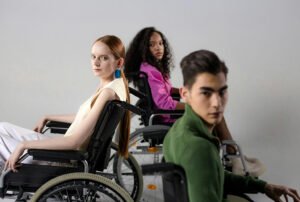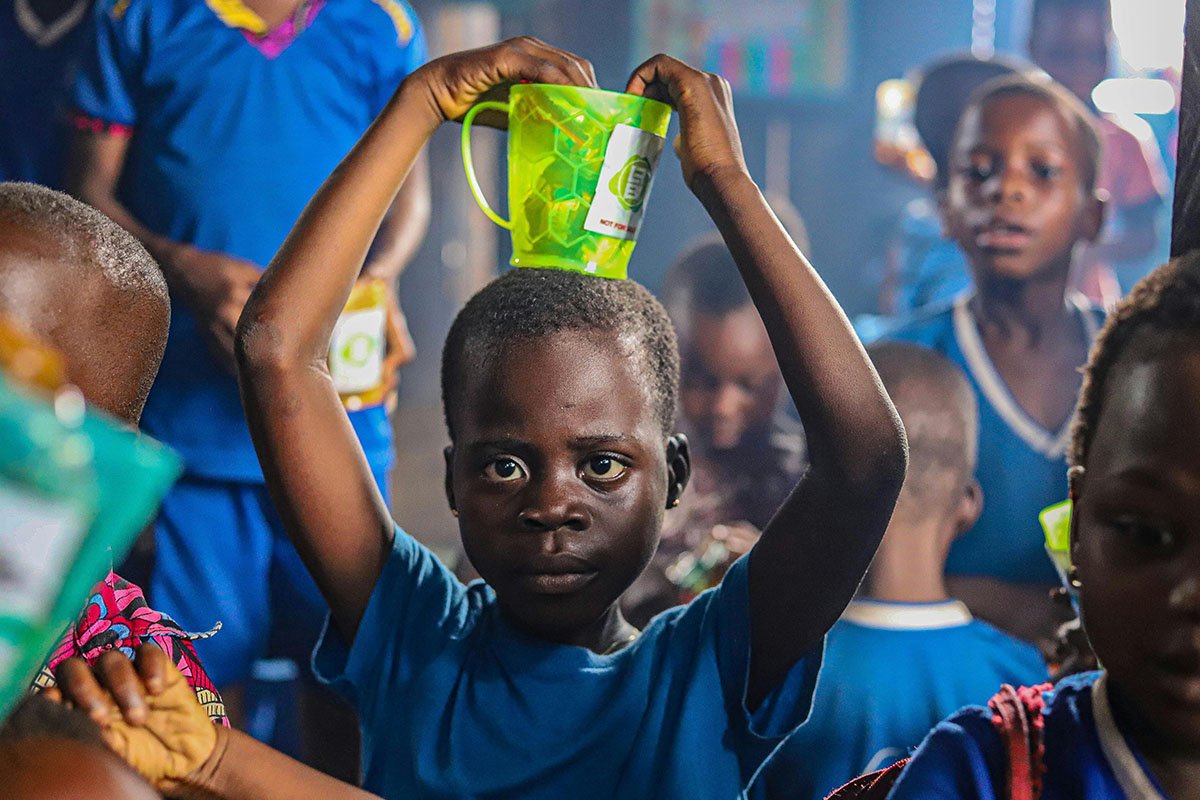
In America, COVID-19 is now the fourth leading cause of death. An estimated 6.8 percent of Americans—or 17.6 million people—currently have long COVID. Largely because of the virus, an increasing number of Americans now live with disabilities.
Many people with disabilities…worry that the updated guidance endangers people who face an increased risk to their health and wellbeing when exposed to COVID-19.
During the pandemic, it has become increasingly evident that many people with disabilities face a heightened risk of infection, long-term complications, and even death. They have also been among the most vocal advocates calling for increased prevention and mitigation measures that they believe would benefit everyone. Last month, when the CDC announced new isolation guidance, disability advocates immediately expressed their frustration.
New Guidelines, New Risks
Previously, the CDC recommended that people who tested positive for the virus isolate themselves from others for at least five days. Under the new guidelines, people are encouraged to isolate themselves when sick but can also return to normal activities when they have been fever-free and their symptoms are improving for at least 24 hours without medication.
“I am disappointed and frustrated by the CDC’s decision to reduce isolation timelines and continue to put high-risk and disabled people in grave danger with these new guidelines.”
According to CDC director Mandy Cohen, the organization updated the guidelines to indicate that “we are out of the emergency phase.” But many people with disabilities, often forced to isolate since the beginning of the pandemic to keep themselves safe, worry that the updated guidance endangers people who face an increased risk to their health and wellbeing when exposed to COVID-19.
“I am disappointed and frustrated by the CDC’s decision to reduce isolation timelines and continue to put high-risk and disabled people in grave danger with these new guidelines,” said Maria Town, the President and CEO of the American Association of People with Disabilities (AAPD) in a statement released last month.
Although currently there is less disease circulating in communities across the country, disability advocates note that the decision to weaken isolation guidelines came after a surge in positive rates earlier this year. In January alone, more than 1,500 people died per week due to COVID-19 complications. Even now, 1,000 people a week continue to die from the virus.
The Push for Increased Support
On March 13, at a virtual press conference organized by the People’s CDC—a coalition of public health practitioners, scientists, healthcare workers, educators, and advocates working to reduce the harmful impacts of COVID-19—Gabriel San Emeterio, the cofounder of Long COVID Justice, asserted that the new guidance is “factually wrong, morally wrong, and practically wrong.”
Sign up for our free newsletters
Subscribe to NPQ's newsletters to have our top stories delivered directly to your inbox.
By signing up, you agree to our privacy policy and terms of use, and to receive messages from NPQ and our partners.
Days later, advocates around the world engaged in events, protests, and other advocacy efforts as they observed Long COVID Awareness Day. In Washington, DC, people living with long COVID gathered at the Lincoln Memorial to share their experiences of living with the disease and call upon the federal government to declare long COVID a national emergency and provide more robust federal support and treatment options. US Senator Bernie Sanders also introduced a resolution to formally recognize March 15 as Long COVID Awareness Day.
In January alone, more than 1,500 people died per week due to COVID-19 complications. Even now, 1,000 people a week continue to die from the virus.
Meanwhile, across the country, there are ongoing efforts to protect vulnerable people from contracting disease. In Michigan, Disability Rights Michigan—a nonprofit, nonpartisan organization that works to advocate for and protect the legal rights of people with disabilities in the state—has been collaborating with partners to gather data about people with disabilities and their access to healthcare.
Whereas previously there were no data on people with disabilities on the state’s COVID dashboard, it now includes data on hundreds of Michigan residents who have received their vaccines and boosters. Data collection has helped the organization find ways to better implement equitable care practices. For some families, that means receiving COVID vaccinations through in-home visits.
In Rochester, NY, a special education school worked to improve air quality as a mitigation method—and these efforts were shown to have an association with fewer COVID-19 cases among staff and students. Researchers from the University of Rochester Medical Center (URMC), the Intellectual and Developmental Disabilities Research Center (IDDRC), and the Mary Cariola Center teamed up to study this mitigation method’s potential to better protect children with intellectual and developmental disabilities.
The school also implemented early testing measures to reduce the spread of the virus. Martin Zand, a professor of medicine and senior associate dean for clinical research at URMC, was one of the study’s co-leaders. He noted the importance of utilizing multiple approaches to combat the spread of the virus.
“One thing that COVID taught us is that there isn’t one single magic solution that will prevent all infection from all viruses,” he said. “Rather, a combination of approaches is most effective, including masking, vaccination, ventilation, and air filtration.”










